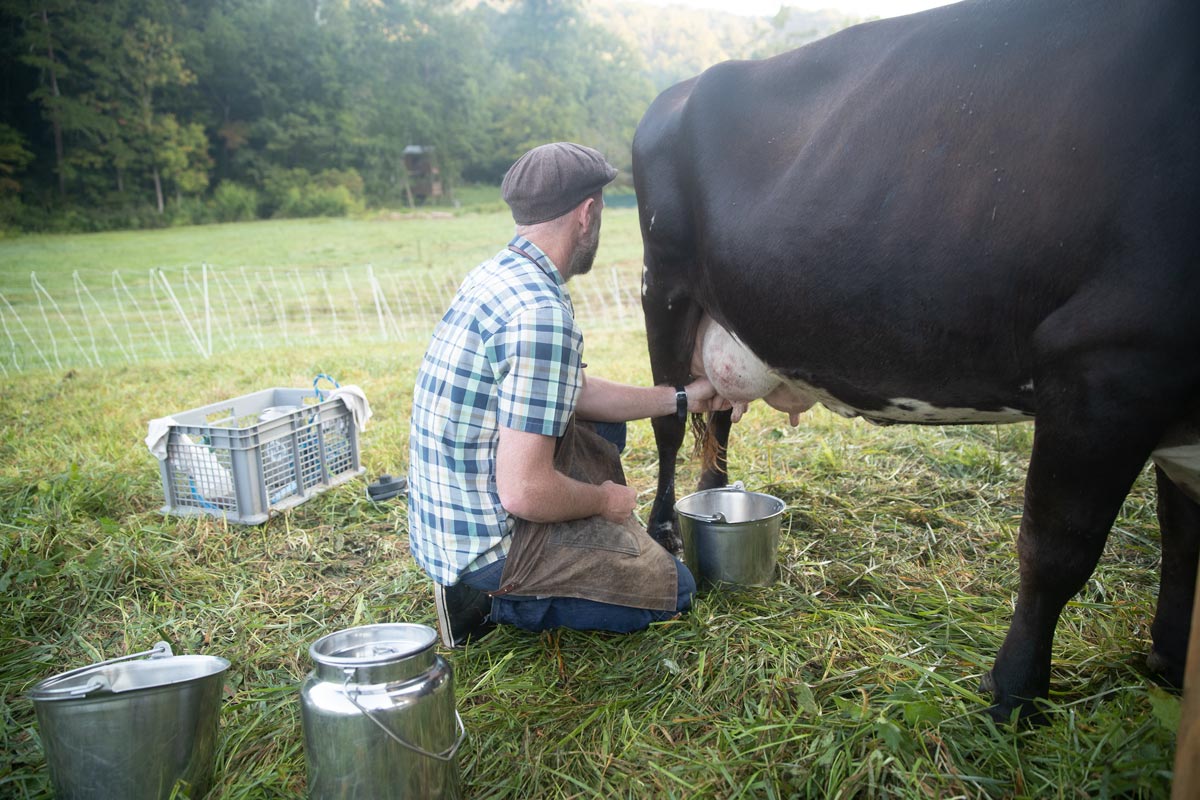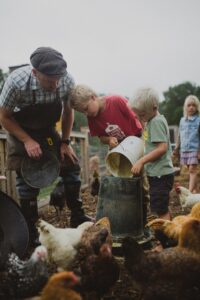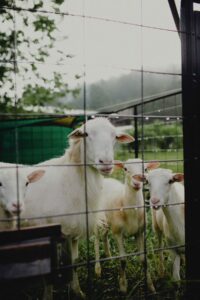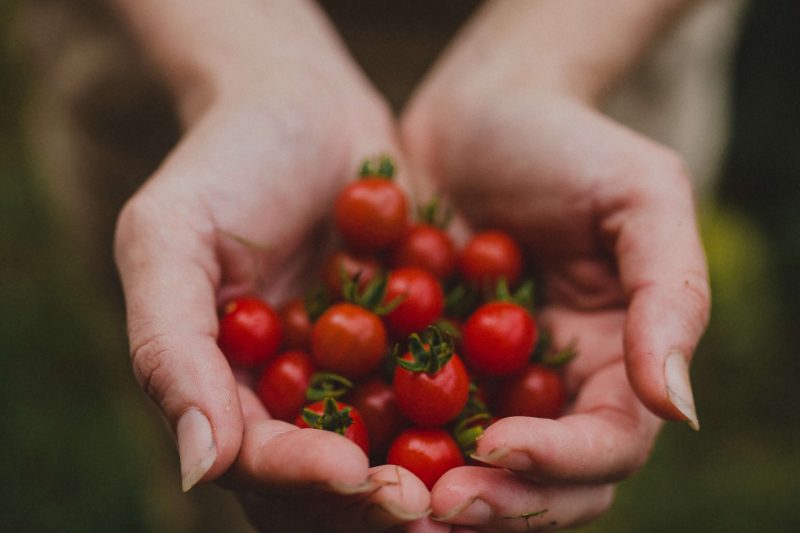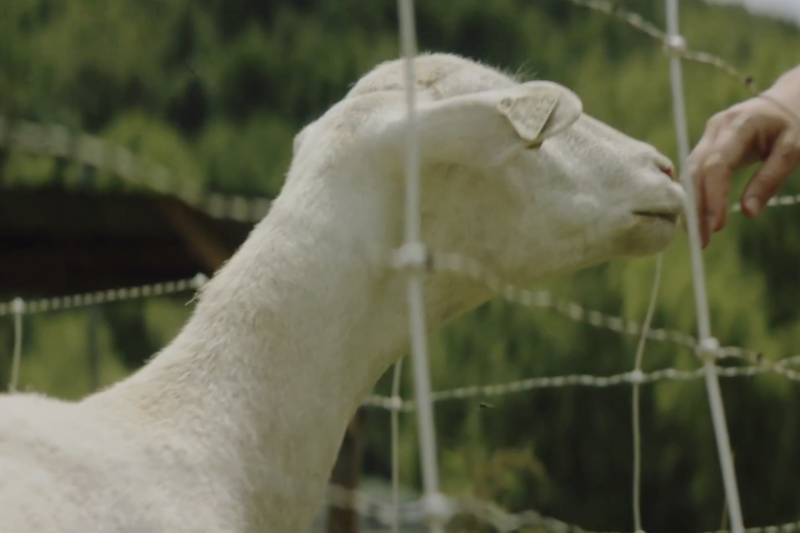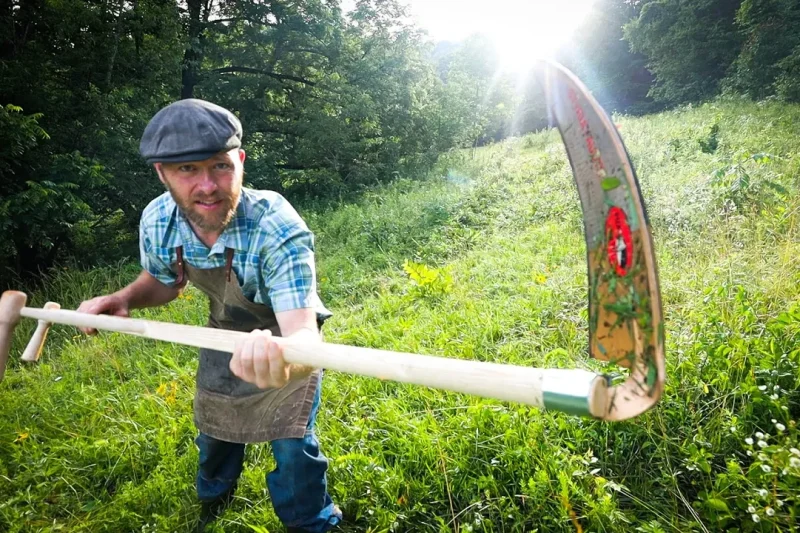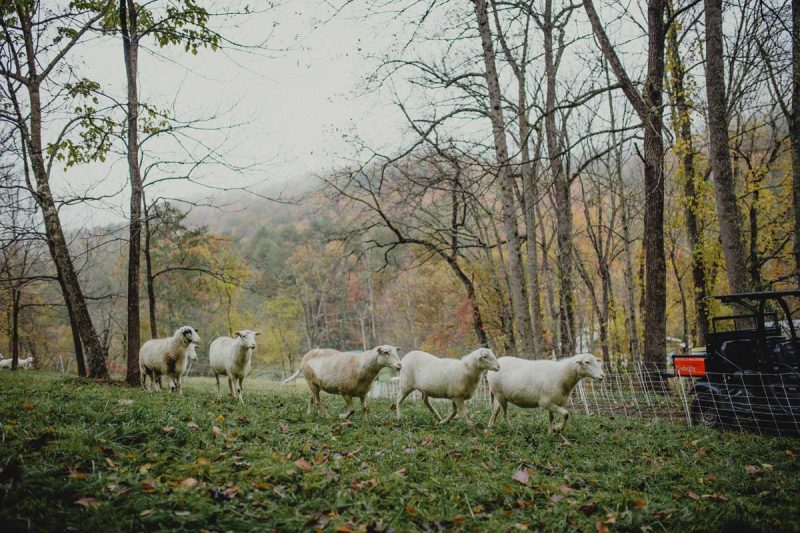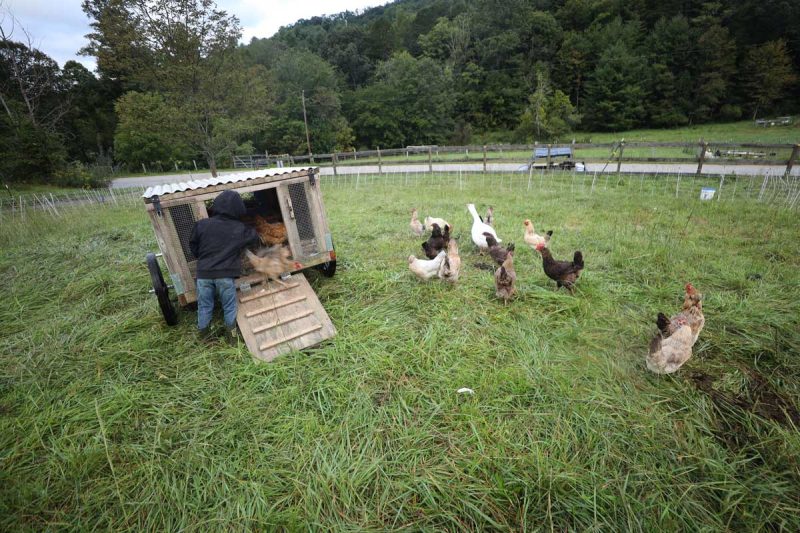Does your family use a lot of dairy products? Are you interested in making farm fresh yogurt and cheese? All cow breeds are not equal. Some cow breeds are better known as beef cattle for the meat they provide, while other breeds are better for milk.
Whatever your goal is for raising cows on your family farm, choosing the right breed will make a world of difference. You’ll also want to know how to prevent mastitis in cows as well as how to treat mastitis in cows if/when that happens.
Our Experience With Milk Cows
Nothing compares to owning a milk cow. Our milk cows have given us rich, nutritious milk and the blessing of a forced scheduled routine. We all know how crazy life on the farm can be, but that cow will let us know she needs milking!
Milking cows on a regular schedule can become mundane and sometimes overwhelming. Especially when keeping up with processing 28 gallons of milk per week for our family of six. It’s for this reason we choose to calf share.
Calf sharing is when you leave the calf with the mom during the day, then separate the calf at night and do your milking in the morning. This eliminates a second milking and keep the calf on mama’s milk.
Additionally, we have learned it’s best to give yourself a break from time to time. Find friends and neighbors willing and able to trade responsibilities and give yourselves a short weekend away if you need it.
If you can’t find someone to take over the milking, you can simply leave the calf with mom full-time and that calf will do the work. Here’s more information on newborn calf care.
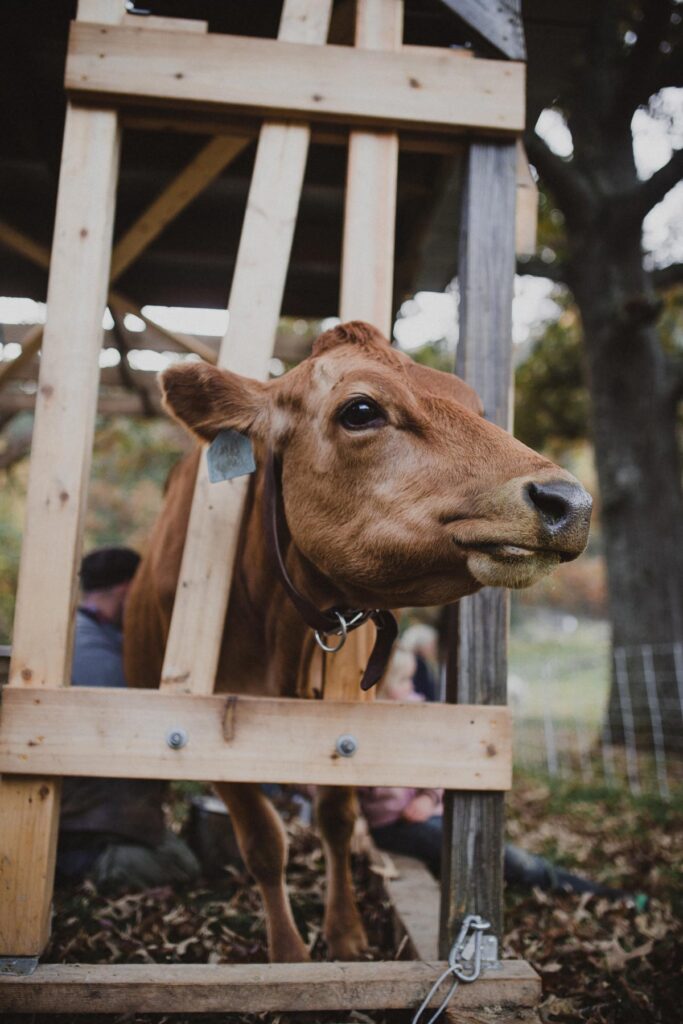
Different Breeds of Dairy Cows
There are many well-known breeds of dairy cows. Some of the most common are Holsteins and Jerseys. Those big black and white Holsteins are what you commonly see on sizeable productive dairy farms.
Some other breeds are less common because homesteaders and single-cow families own them, making them less noticeable.
Each breed has its strengths and weaknesses. Your purpose, land, and environment will make a difference in the breed you need.
Making a decision can be difficult, which is why I turned to my friend, Dennis from Full Circle Farm, with my questions regarding milk cows. He grew up on a dairy and has been in the world of dairy farmers for a long time.
Holsteins
Holstein cows originated in Holland. They are best suited for cold or mild weather and don’t do well in extreme heat. They are large cows weighing around 1,500 pounds when fully mature. Even though they are giant animals, their demeanor is gentle and docile.
Holsteins are big milk producers, but they need a lot of nutrition to keep it up. Their milk production will also decrease in hotter climates.
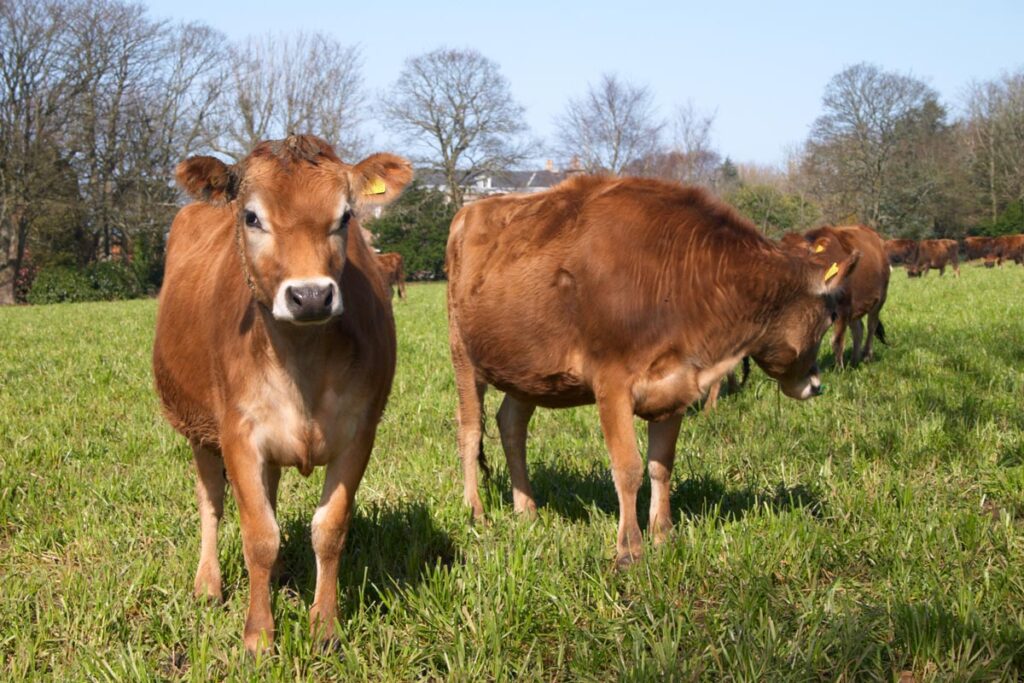
Jersey Cows
Jersey cows come from Jersey Island, located in the English Channel between England and France. They are smaller and weigh close to 1,000 pounds at their mature weight.
They have smaller frames and large teats. The teat size makes hand-milking easier. Milk from Jersey cows is rich in protein and fat.
Milking Devons
The Devon breed came to the United States from England in the early 1600s. They were used as draft animals because their frame was agile and strong. They were intelligent and willing to work.
The American Milking Devon was developed over time as modernization eliminated the need for draft work.
The Devon’s milk is similar to Jersey’s and is high in butterfat. These red and white cows are great foragers and can handle hotter climates better than other breeds.
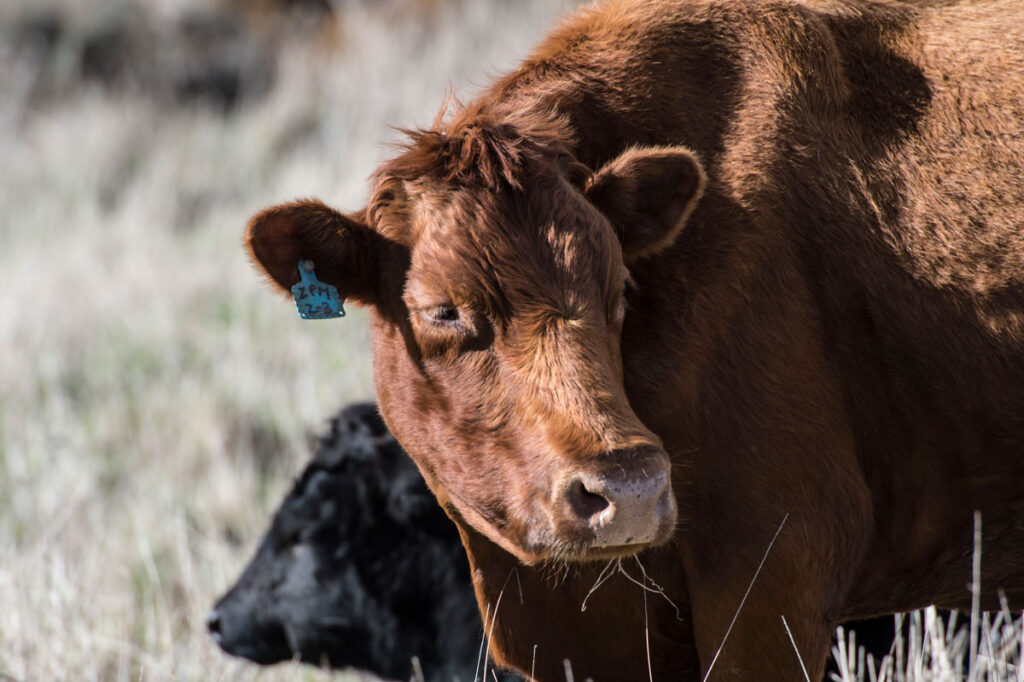
Dexter Breed
The Dexter breed originates in Ireland. They have become popular for small family farms because they are a dual-purpose breed; the heifers provide milk, and the steers provide meat.
Dexters are a smaller breed and require less feed and grazing land. The milk production is usually between 1-3 gallons per day which is perfect for a family’s dairy farming needs.
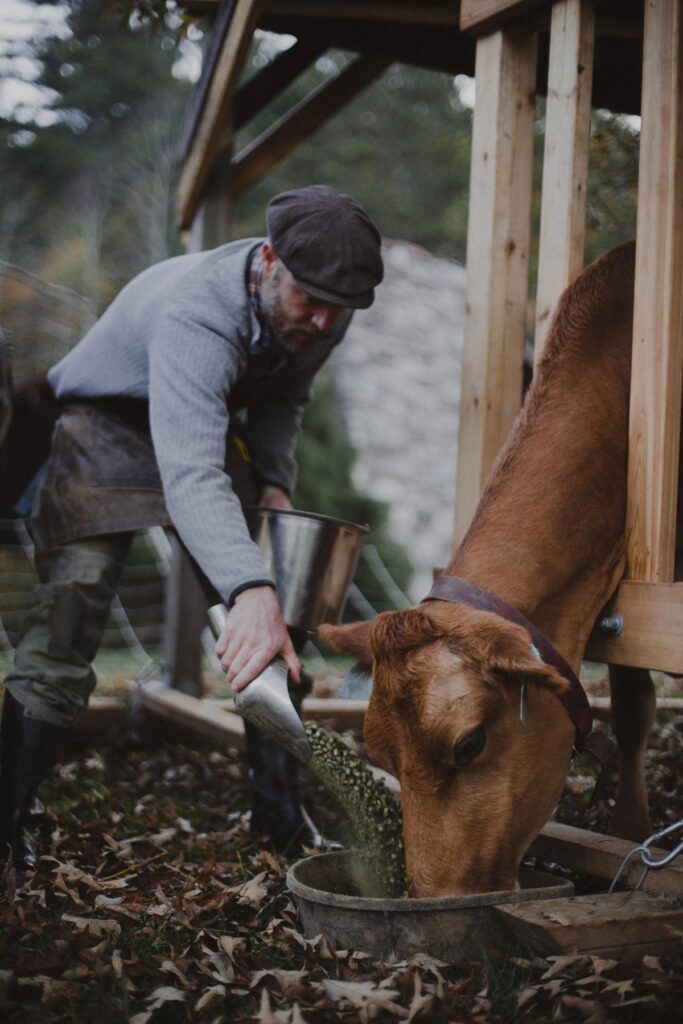
Choosing a Family Milk Cow
For small family farms, I highly recommend heritage breeds. Our forefathers depended on these cows for all their dairy needs.
They have withstood the test of time without the influence of the modern industrialization period. When breeding to produce quantity over quality, we lose value.
What is A2/A2?
Milk marketed as A2/A2 contains only the beta-casein/protein A2. Most milk purchased in the grocery store includes a combination of A1/A2. The A1 is harder to digest and is difficult for people with digestive issues to process correctly.
All goats are A2/A2, which explains why people with dairy sensitivity often have no problems consuming goat products.
Purchasing Heifers
A heifer is a female cow that hasn’t given birth. If your goal is to be able to hand milk the cow, she will not have any experience with this. You can train a heifer for milking, but you will need time to spend with her before she births her calf.
Try to feed her by hand and familiarize yourself with her to help calm her down.
I recommend for a first-time milking cow purchase to buy a cow that has been milked before and leave the heifers for later once you’re more experienced with milking.
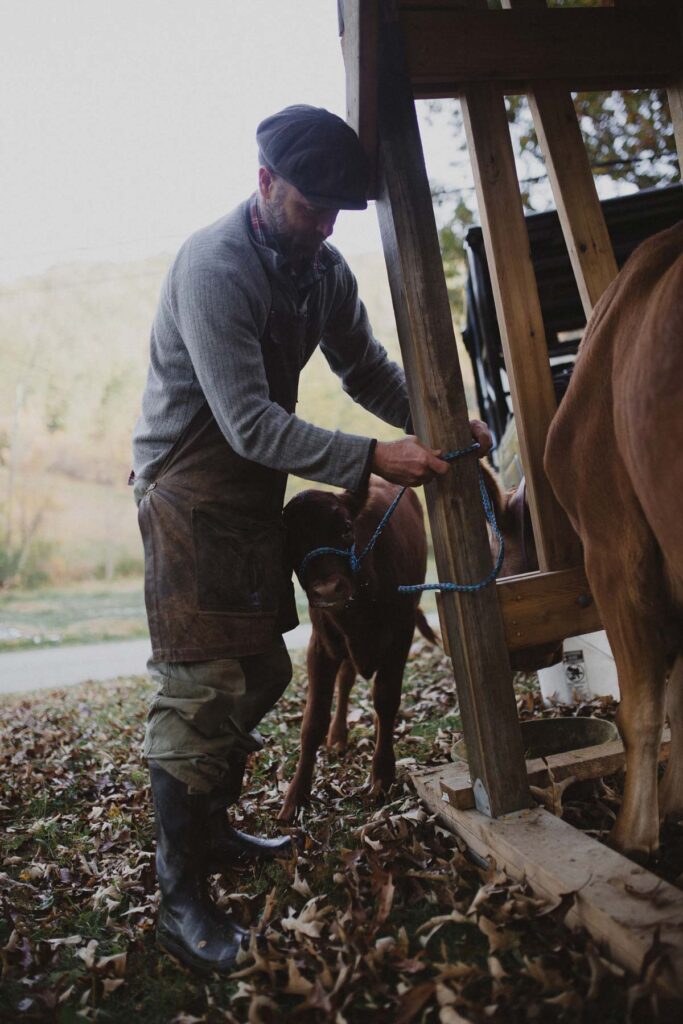
Choosing the Best Cow Breed for Milk
When choosing the best cow breed for milk, there are five essentials to consider.
A2/A2 Genetics
You must ask the seller to prove A2/A2 genetics. Some of them may look at you like you’re crazy! If they can’t provide documentation, they will have to pull some tail hairs and send them off to a lab for testing.
The book, Devil in the Milk, is an excellent resource for information on A2/A2.
Small Cows
Look for short legs and a more petite frame. A big cow will eat large amounts of food to maintain its body weight and put the rest of the nutrition into producing milk.
A smaller cow needs less grazing land and will use most of the feed it consumes to produce milk.
Good Demeanor
If you are planning to hand-milk a cow, you want to know that the cow will let you come near her. Reach out and try to touch her. You can train a cow, but it takes time and patience.

Teat Size
Teat size is vital for hand-milking. You want a cow that has larger teats to grab in your hand. It will be easier to produce a hefty squirt of milk.
Heritage Breeds
Heritage breeds eat better off the land because they haven’t been bred for 50 years to eat high-maintenance grains. They are most often foragers. If they forage, they may produce less milk, but it will be higher in protein.
As you can see, the “best” breed of milk cow for one may not be the best for another. All these factors are important to consider when contemplating buying a milk cow.

